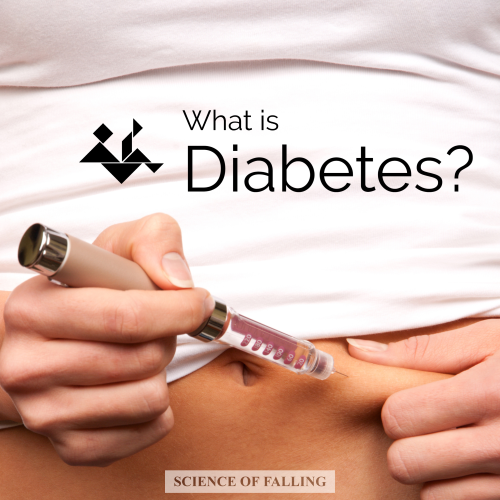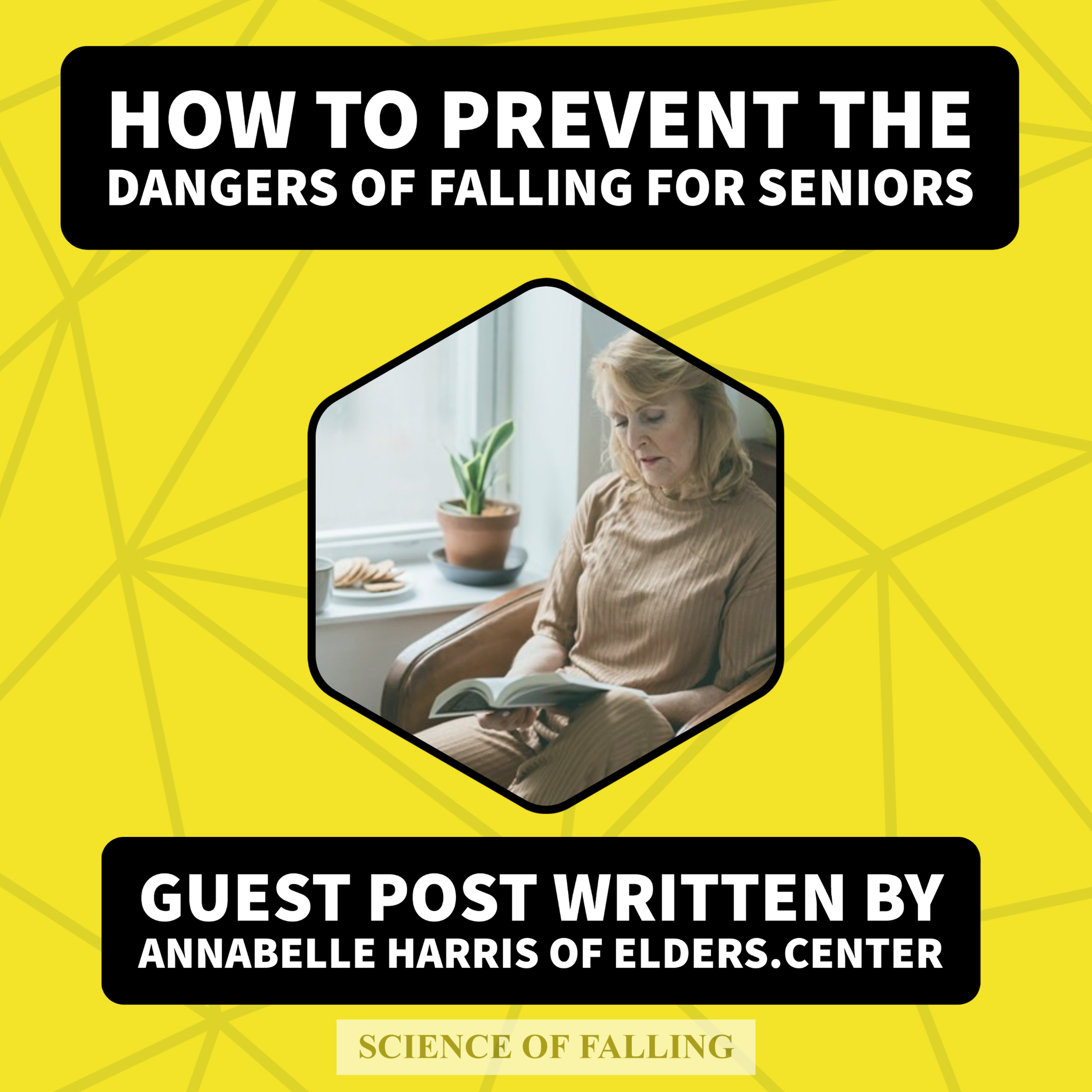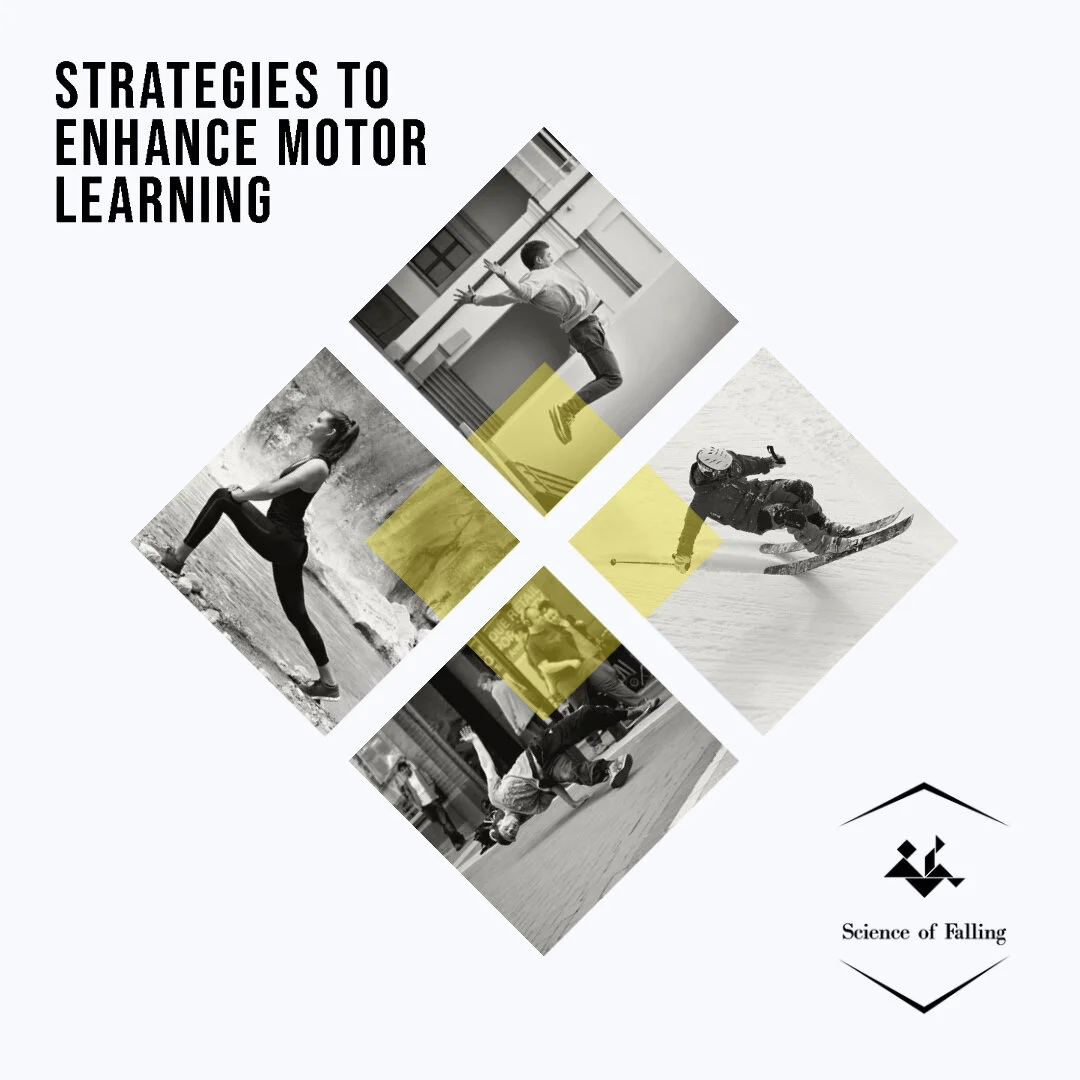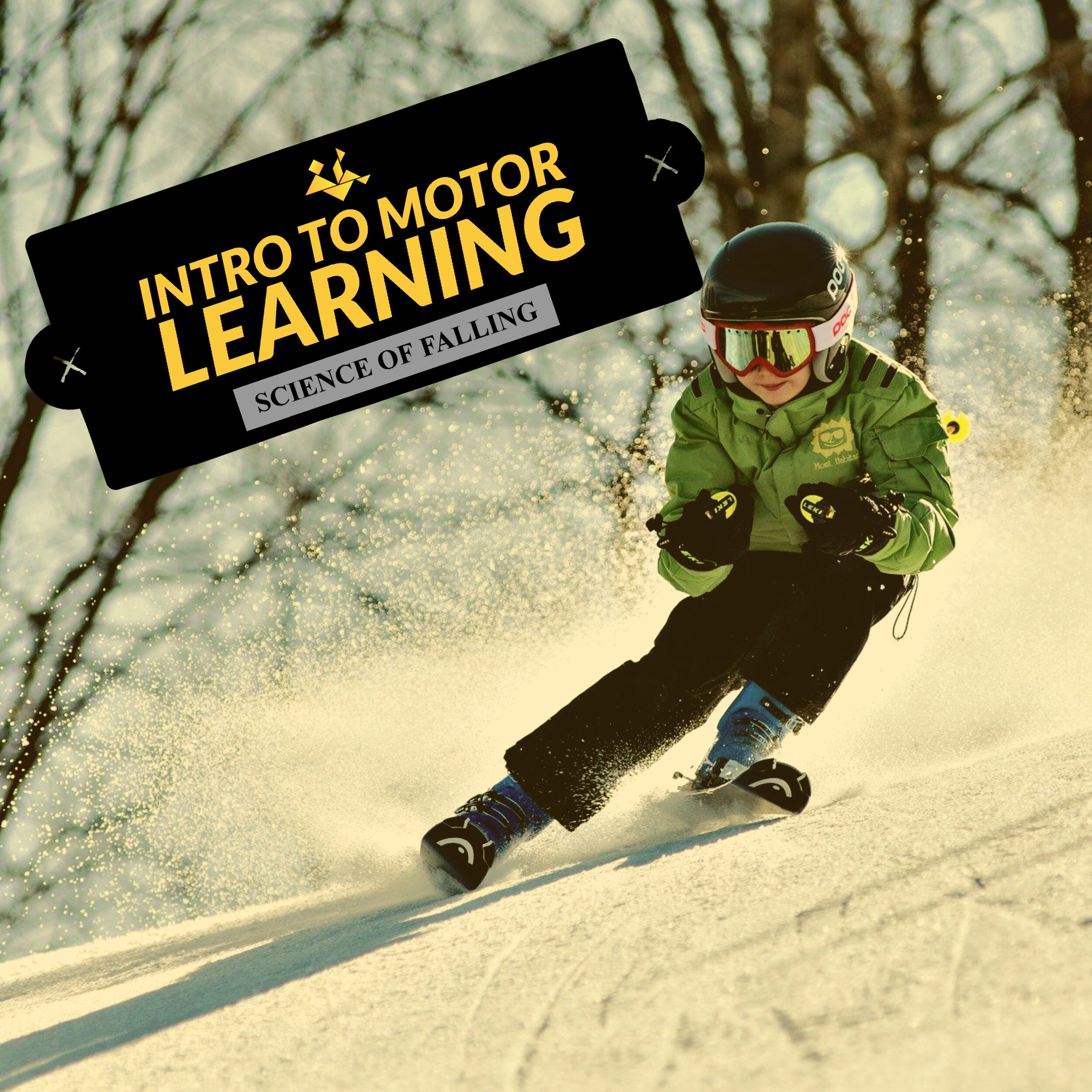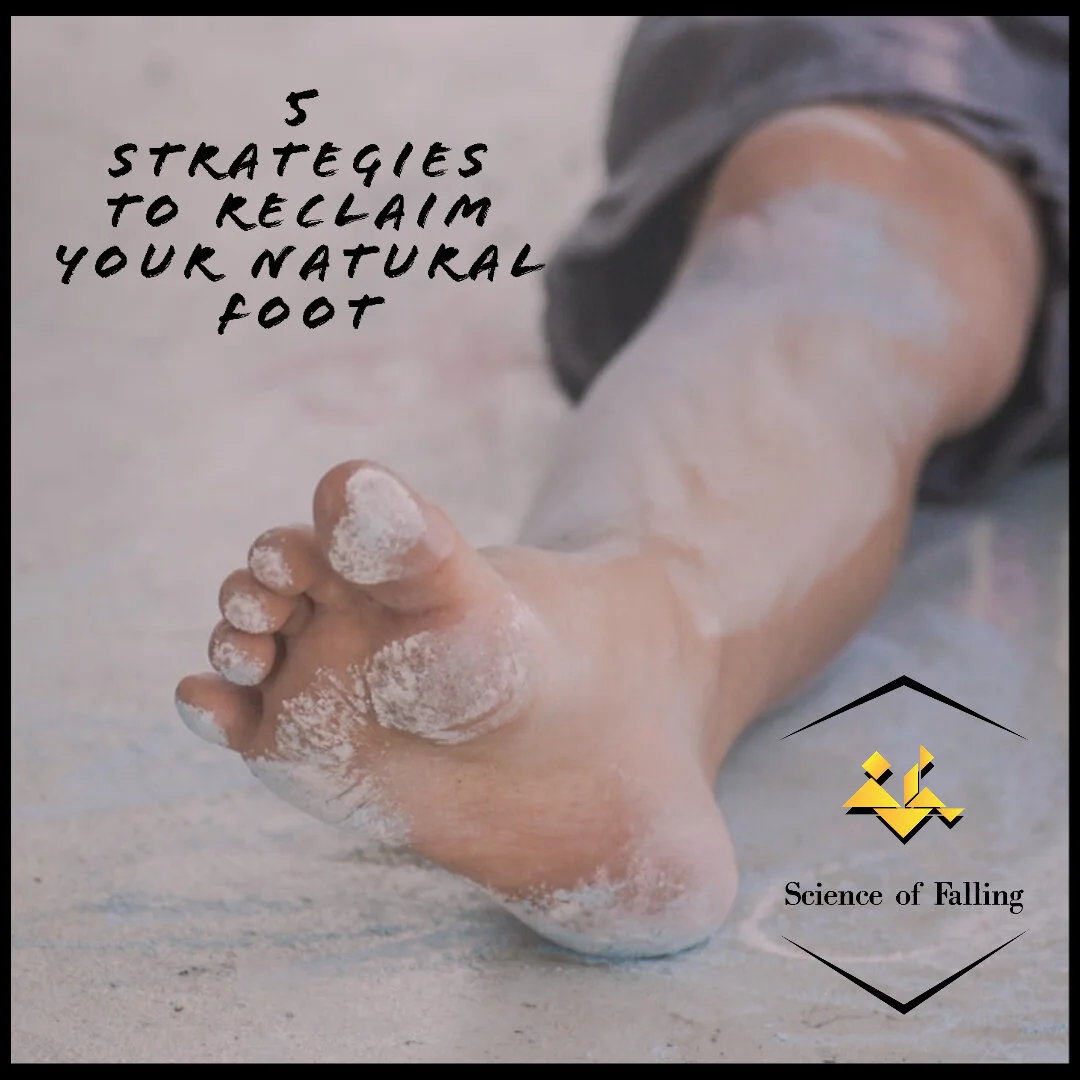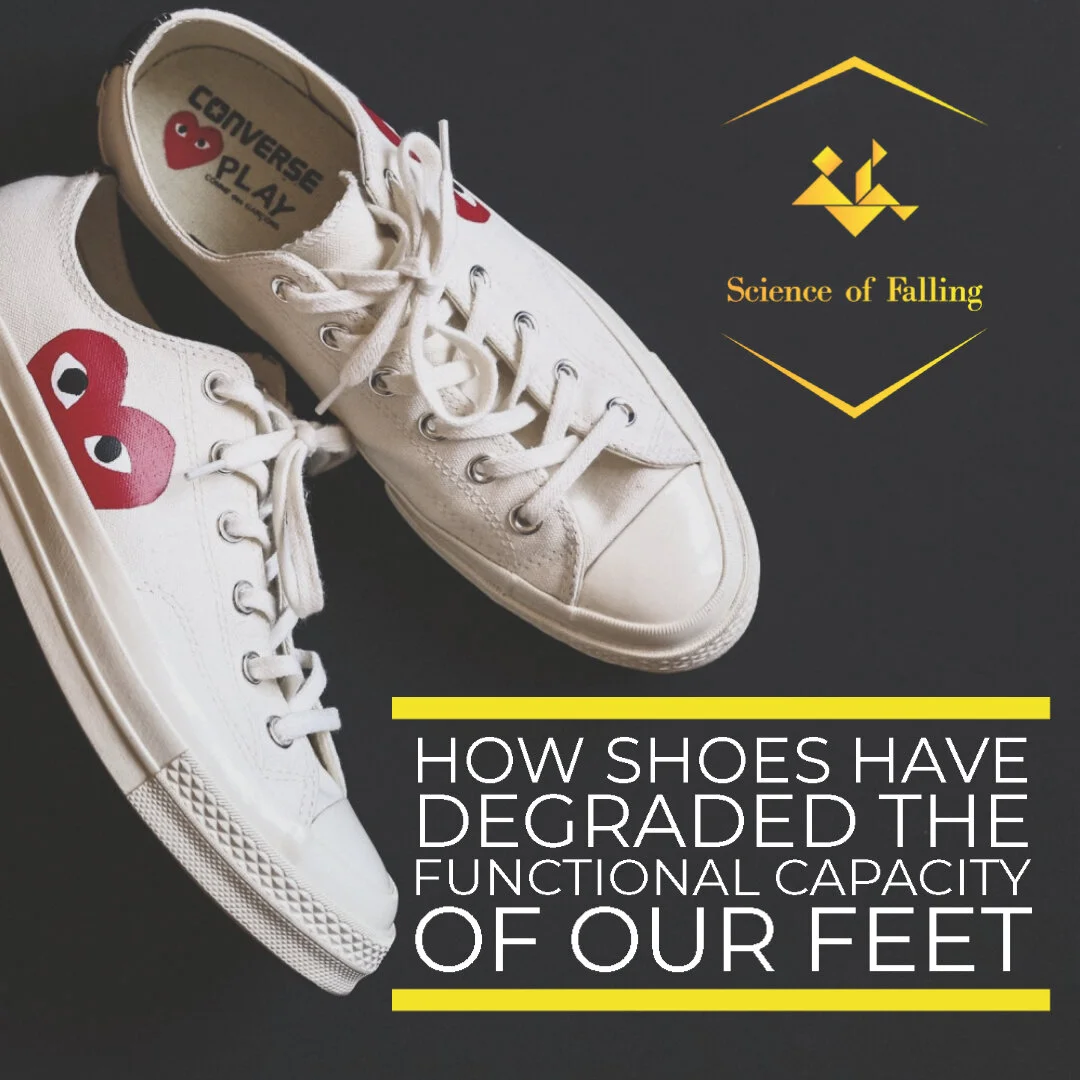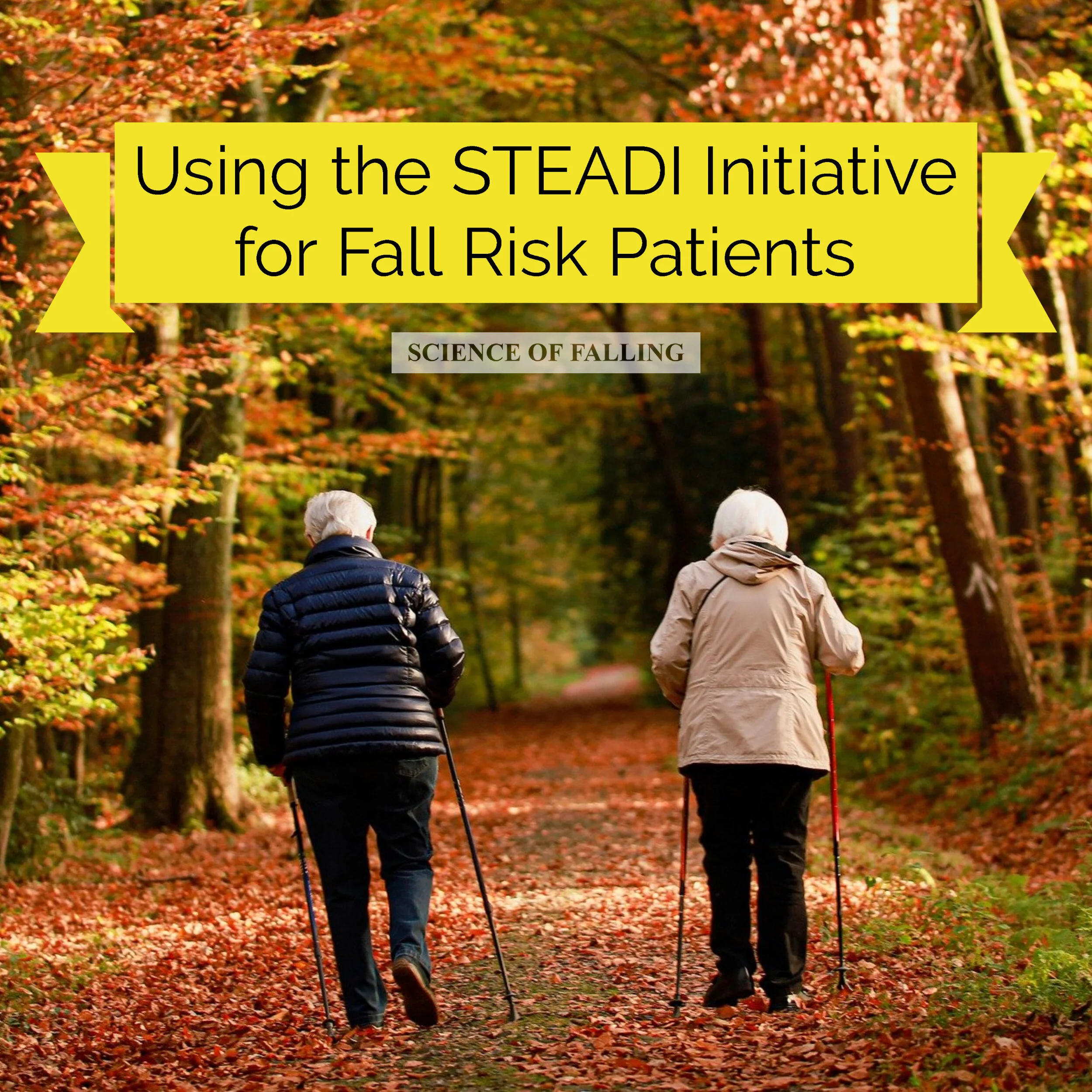Articles
6 Practical Tips on Lighting for Reduced Fall Risk
Discover how proper lighting plays a crucial role in fall prevention. Learn how adequate illumination enhances visibility, reduces hazards, and supports depth perception, especially in high-risk areas like stairways and hallways. Explore the benefits of combining overhead, task, and ambient lighting to create a safe environment, and find tips for adjusting lighting to meet the needs of older adults, improving safety and reducing fall risk.
4 Ways to Manage Diabetes Complications for Reduced Fall Risk
Discover practical ways to manage diabetes complications and reduce fall risk in this comprehensive guide. Learn how lifestyle changes, including exercise and diet adjustments, can improve insulin sensitivity, address nerve damage (diabetic peripheral neuropathy), vision loss, and hearing/vestibular deficits. This article provides actionable strategies for diabetes management to prevent falls and improve overall health. Plus, explore tips for overcoming emotional eating and maintaining a balanced diet. If you're looking for a holistic approach to managing diabetes and minimizing fall risk, this guide is for you.
Long-term Complications of Diabetes and Risk of Falling
Discover how long-term diabetes complications can increase the risk of falling. Learn about nerve damage, vision loss, and hearing/vestibular dysfunction, and their impact on balance. This article covers key complications such as diabetic neuropathy, diabetic retinopathy, cataracts, and vestibular issues, offering valuable insights for managing fall risk. Explore how these conditions affect motor control and spatial awareness, and gain essential knowledge on preventing falls in individuals with diabetes. Part of a series on diabetes, this article highlights the intersection of diabetes complications and fall prevention.
What is Diabetes?
Learn what diabetes is, including its four main types: Type 1, Type 2, Prediabetes, and Gestational Diabetes. This comprehensive guide explores causes, symptoms, risk factors, and testing methods, helping you understand this chronic disease and its impact on health. Discover how blood sugar levels are regulated, the role of insulin, and the importance of early detection for effective diabetes management.
Guest Post: How to Prevent the Dangers of Falling for Seniors
Learn how to prevent falls and stay safe as a senior with practical tips from home modifications to lifestyle changes. Discover how to eliminate tripping hazards, improve lighting, and add grab bars to reduce fall risks. Explore the benefits of in-home care services and how regular exercise, proper footwear, and safe falling techniques can help maintain balance. Ensure peace of mind and a safer living environment for a healthier, fall-free life.
Anatomy of the Vestibular System: Understanding Your Inner Ear’s Role in Balance
Explore the complex anatomy of the vestibular system and its critical role in maintaining balance. Learn how the inner ear’s structures, including the semicircular canals, otolith organs, and hair cells, work together to detect movement and send signals to the brain. Discover how this intricate system helps you stay balanced, whether you're standing still or in motion. This comprehensive guide offers a deeper understanding of the vestibular system’s anatomy, perfect for anyone interested in balance, spatial awareness, and fall prevention.
Modified Clinical Test of Sensory Interaction in Balance (CTSIB-M)
Discover the Modified Clinical Test of Sensory Interaction in Balance (CTSIB-M) and how it helps assess balance impairments. Learn about its four key testing conditions, how to interpret results, and practical applications for identifying issues with the somatosensory, visual, and vestibular systems. Explore how CTSIB-M guides further testing and sensory re-weighting exercises to improve balance performance. Ideal for clinicians and healthcare providers looking to enhance their diagnostic process for balance-related conditions.
Strategies to Enhance Motor Learning
Discover effective strategies to improve motor learning and skill mastery! From clear pre-practice instructions and meaningful task connections to optimizing practice order and feedback scheduling, this comprehensive guide provides actionable insights for practitioners. Learn how to boost learning speed, adaptability, and retention with evidence-based techniques like part vs. whole practice, mental imagery, and tailored feedback approaches. Start enhancing motor skill acquisition today!
Intro to Motor Learning
Discover the fundamentals of motor learning and its role in skill retention and balance training. Explore motor task types, Gentile's Taxonomy, and the three stages of motor learning—cognitive, associative, and autonomous—to create effective learning strategies for patients and improve their ability to balance and perform complex tasks.
BEERS Criteria and Fall Risk in the Older Adult
Explore how the BEERS Criteria helps identify potentially inappropriate medications (PIMs) for older adults, focusing on drugs like benzodiazepines and antidepressants that increase fall risk. Learn how polypharmacy and drug interactions impact balance and safety, and discover resources to optimize medication management for aging patients.
Motor Strategies for Balance Control
Discover the five essential motor strategies for balance control—ankle, hip, stepping, weight-shift, and suspension. Learn how each strategy activates specific muscle patterns to maintain equilibrium, adapt to perturbations, and improve balance control. This comprehensive guide by Brent Pritt explores the physiology of balance strategies, real-world applications, and actionable tips to enhance your stability and prevent falls. Perfect for anyone interested in understanding and optimizing their body's natural balance systems.
The Three Bodily Balance Systems: A Quick Overview
Explore the three bodily balance systems—visual, somatosensory, and vestibular—and how they work together to keep us stable. Discover how system impairments can lead to instability and falls, and learn about strategies for balance rehabilitation to improve stability and coordination. Perfect for anyone curious about how balance works and ways to enhance it.
5 Strategies to Reclaim Your Natural Foot
Discover how to restore your foot's natural strength, flexibility, and function with these 5 proven strategies. Learn the benefits of going barefoot, targeted exercises, improving foot alignment, and choosing the right footwear to regain a healthy, resilient foundation. Perfect for anyone looking to enhance balance, reduce foot pain, and optimize overall mobility. Start reclaiming your natural foot today!
How Shoes Have Degraded the Functional Capacity of Our Feet
Discover how modern shoes have changed the natural function of our feet. Learn the history of footwear, how rigid designs and artificial supports weaken foot muscles, and why barefoot movement is essential for restoring balance, strength, and mobility. Find out how to regain your foot's functional capacity and improve overall stability.
The Foot: The Foundation of Balance
Discover why the foot is the foundation of balance and how modern footwear impacts its natural function. Learn the critical role of foot stability, mobility, and sensory feedback in maintaining overall body alignment and preventing injury. Explore strategies to reclaim optimal foot health for improved balance and functionality.
Research Corner: Discussing “Safe Landing Strategies During a Fall: Systematic Review and Meta-Analysis” - Moon and Dr. Sosnoff
Discover key findings from Moon and Dr. Sosnoff’s systematic review on safe landing strategies during falls. Learn how techniques like squatting and martial arts rolling reduce injury risks, why the popular slapping technique falls short, and how these insights can enhance fall prevention programs in healthcare. Explore actionable research-backed strategies for minimizing fall-related injuries.
Using the STEADI Initiative for Fall Risk Patients
Discover how the STEADI Initiative helps clinicians assess and prevent fall risks in older adults. Learn about effective screening tools, comprehensive assessments, and personalized interventions to improve patient outcomes and reduce fall-related injuries. A must-read for healthcare providers focused on fall prevention.




